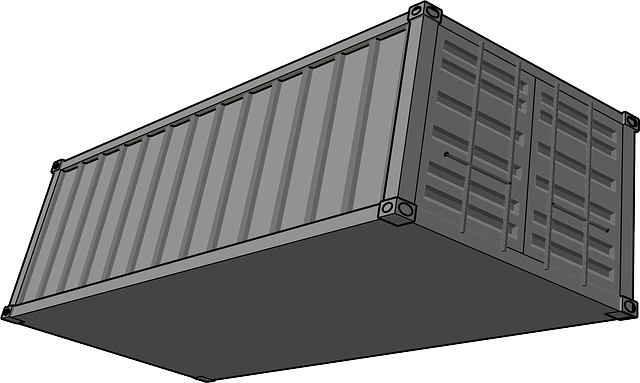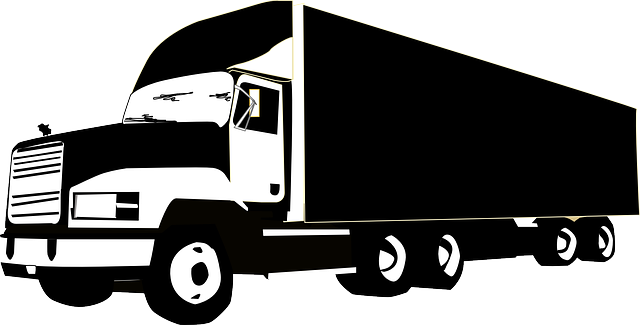For business owners managing truck fleets, fleet truck protection is vital to navigate unique risks like cargo damage, driver accidents, and mechanical failures. Common gaps in insurance include physical damage outside operational hours, specialized cargo protection, and limited third-party liability. To ensure comprehensive coverage, businesses should review and fill these gaps with tailored policies. Customizing insurance based on vehicle types and industry changes helps optimize costs and maintain robust fleet truck protection, minimizing risks and ensuring operational continuity.
In today’s competitive trucking industry, expert insurance for managing truck fleets is not just a luxury—it’s a necessity. Understanding fleet truck protection ensures business owners mitigate risks, comply with regulations, and optimize operations. This comprehensive guide delves into the essential aspects of fleet insurance, exploring common gaps, diverse coverage options, and strategic management techniques to save costs without compromising safety. By implementing these insights, trucking businesses can navigate the road ahead with confidence.
- Understanding Fleet Truck Protection: Why It's Essential for Business Owners
- Common Insurance Gaps and How They Affect Truck Fleets
- Types of Coverage Options for Optimal Fleet Risk Management
- Strategies for Effective Fleet Insurance Management and Cost Savings
Understanding Fleet Truck Protection: Why It's Essential for Business Owners

For business owners managing truck fleets, understanding fleet truck protection is paramount. This comprehensive coverage goes beyond standard vehicle insurance by addressing unique risks associated with commercial trucking, such as liability for cargo damage, driver accidents, and mechanical failures. It’s not just about minimizing financial loss; it’s about ensuring the safety and efficiency of your entire operation.
Fleet truck protection provides a multi-faceted approach to risk management. By insuring against various perils, from natural disasters to driver errors, business owners can protect their investment in their trucking assets. Moreover, these policies often include features like fleet tracking technology and driver monitoring programs, enabling proactive safety measures and enhancing operational control. Such comprehensive coverage is essential for maintaining a competitive edge in the logistics industry.
Common Insurance Gaps and How They Affect Truck Fleets

Many businesses operating truck fleets often encounter significant insurance gaps that can leave them vulnerable to financial risks and legal complications. These gaps are typically a result of the unique challenges posed by fleet management, such as high exposure to liability, frequent vehicle usage, and diverse driver profiles. Common areas where coverage might be insufficient include physical damage to vehicles during non-operational hours, inadequate protection for specialized cargo, and limited liability coverage for accidents involving third parties.
When these gaps go unaddressed, businesses face potential financial burdens, including high repair costs, legal settlements, and increased insurance premiums. To ensure comprehensive fleet truck protection, it’s crucial to review and fill these gaps with tailored insurance policies. This may involve adding specific endorsements or purchasing stand-alone policies to cover unique risks associated with the operation of commercial trucks.
Types of Coverage Options for Optimal Fleet Risk Management

When it comes to managing a truck fleet, having comprehensive insurance is paramount for minimizing risks and ensuring operational continuity. Fleet owners should opt for tailored coverage options that address their specific needs, focusing on both vehicle protection and liability management. By understanding the available coverage types, businesses can create a robust risk mitigation strategy.
One key area is cargo insurance, which shields against losses incurred during transit, covering situations like theft, damage, or even natural disasters. Additionally, fleet owners should consider liability coverage to protect against claims related to accidents or incidents caused by their vehicles. This includes bodily injury liability and property damage liability, ensuring financial security in the event of legal disputes. Furthermore, comprehensive vehicle insurance provides a safety net for unforeseen circumstances such as vandalism, weather events, or mechanical failures, offering repairs or replacements to keep the fleet on the road.
Strategies for Effective Fleet Insurance Management and Cost Savings

Managing a fleet of trucks is a complex task, and ensuring adequate insurance coverage is a critical aspect to safeguard against financial losses. Here are some strategies to optimize fleet insurance management and achieve cost savings without compromising on protection for your valuable assets.
Regularly reviewing and updating your insurance policy is essential. As fleet operations evolve, so do risks and regulations. Stay informed about industry changes, especially regarding liability, property damage, and worker’s compensation laws. Customizing your policy to align with these factors can prevent overspending on unnecessary coverages while ensuring fleet truck protection. Additionally, consider the type of vehicles in your fleet; older trucks might require different insurance considerations than modern, fuel-efficient models.
For business owners managing truck fleets, prioritizing fleet truck protection is paramount. By understanding common insurance gaps and exploring diverse coverage options, you can navigate risks effectively. Implementing strategic fleet insurance management techniques not only ensures comprehensive protection but also offers cost savings opportunities. Embrace these insights to safeguard your investment and drive operational excellence in your trucking operations.
